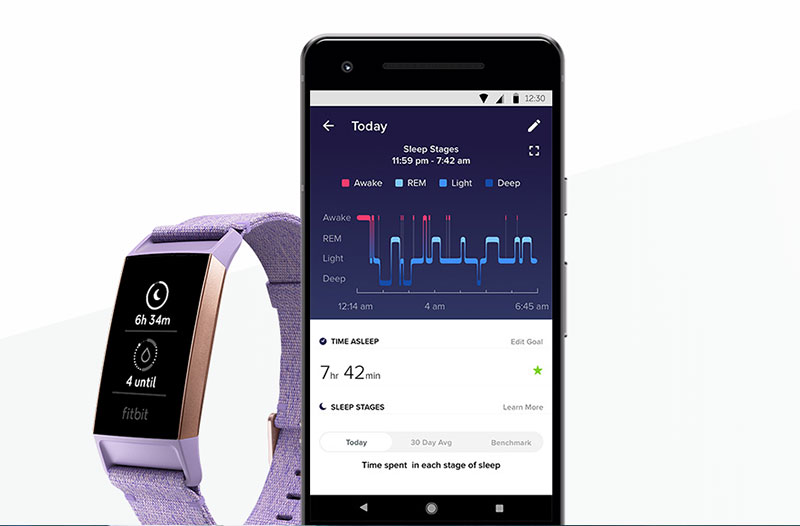If you own a Fitbit Charge 3, Ionic, Versa, Versa Lite, or Versa 2, you are very likely seeing blood oxygen saturation data appear in the app. The app will display your blood’s oxygen level, using the SpO2 sensor that’s been sitting idle inside your deice.
First reported by Tizen Help, Fitbit confirmed the news to ZDNet.
Fitbit included a SpO2 sensor on its Ionic and Versa series to improve the health tracking powers. Fitbit’s recent fitness tracker Charge 3 also had SPO2 but the company delayed its activation. What it means is that you’ll be able to estimate the amount of oxygen you have in your blood.
It’s a useful feature, and could help uncover breathing issues in people who are unaware about this problem.
Read more UC-Berkeley Researchers Develop Flexible Sensor to Map Blood-Oxygen Levels Across the Body
Blood oxygen saturation normally fluctuates, but big variations can be associated with breathing issues. Estimated oxygen variation approximates the changes in your blood oxygen saturation.

One of the conditions that blood oxygen levels can detect is sleep apnea, a common disorder in Americans. National Sleep Foundation estimates that more than 18 million people in the US have sleep.
Of course, Fitbit isn’t the first company to offer SpO2, but it was able to beat Apple, who is yet to enable the feature in its smartwatches.
Garmin’s watches have featured a Pulse Oximeter (Pulse Ox) tracker for a little while now. Back in 2018, the company introduced Pulse Oximeter with its Vivosmart 4 activity tracker, allowing users to measure their blood oxygen saturation levels on the spot, or periodically as they sleep.
At the CES 2020, Withings’ showed off its new ScanWatch, which adds SpO2 monitoring alongside Arrhythmia, Atrial Fibrillation (AFib), possible sleep apnea detection and an ECG scanner.












